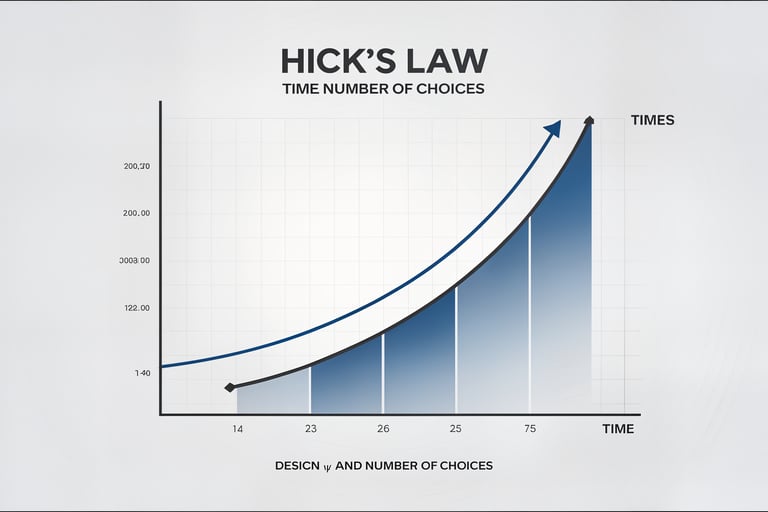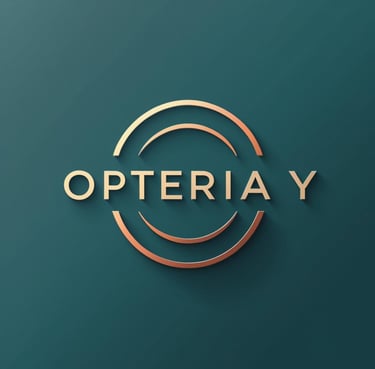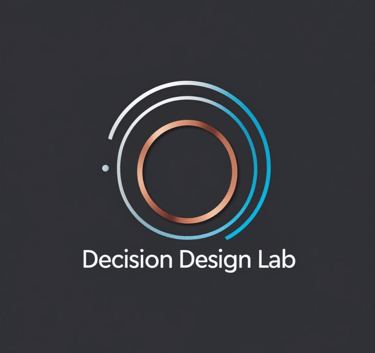Content Overload? "Sorting" to Simplify the Viewing


In Times of Excesses: Redefining Content Decisions
In last few years, we’ve seen growth of streaming platforms, access to global content, the ease of access and how we consume content!
The global dominant players like Netflix to region specific platforms to now even expected government backed OTT launch, the choices are only increasing.
This excess of options has created a peculiar paradox:
The more choices we have, harder it gets to decide!
There in fact is a established theory for this relationship called Hick's Law, which says that the time it takes to make a decision, increases with the increase in available stimuli, complexities.
And there is documented experiences across, where people complain that,
Content Viewing Time < Content discovery Time
But is there’s a possible way to simplify this process while maintaining user satisfaction?
In this article, I will explore
a. The problem of choice overload in streaming,
b. the toll it takes on decision-making, and
c. How intentional design can pave the way for better content experiences!
The Problem
1. Recommendation Models vs. Intentional Decisions
Recommendation algorithms have become the backbone of streaming platforms.
While they are excellent at surfacing options based on user history and preferences, they often miss one key aspect: user intent at the moment of decision-making.
For example, After a long day, I may want to watch short and chirpy content, but the platform might prominently suggest intense dramas based on past viewing behaviour or a long format content.
Well there is categorisation in these platforms but then it brings us back to the problem of decision paradox of looking time vs viewing time!
This disconnect most time leads to frustration and users dissatisfied, further exacerbating the issue of decision fatigue.
2. Decision Fatigue
A Real Consequence of Choice Overload
When faced with too many options, users often:
Spend more time deliberating.
Feel overwhelmed, leading to frustration.
Make suboptimal choices—or worse, abandon the platform altogether.
Studies show that excessive choice can even impair decision-making in the long term, as users grow fatigued by the cognitive load.
This creates a critical challenge:
How do we simplify content selection while preserving variety?
3. Building a Decision Framework for Content Selection
The solution lies in intentional choice design, where users are empowered to make decisions based on their immediate needs.
And the solution lies in the basic decision process, called Sorting
If you have worked in a library, like me, will understand before sorting algorithms, libraries were acing the techniques of sorting.
The solution of content choice lies in basic sorting decision process.
Predefine the profile options on OTT platforms with the categorisation, for example:
Short and Chirpy: Quick, light-hearted content for short breaks.
I Have Time for Drama: Deep, narrative-driven shows for leisurely evenings.
I am in mood for action and Gore: High-octane, thrilling content for adrenaline junkies.
Each profile acts as a pre-curated “bucket,” drastically reducing the number of visible choices and aligning options with the user’s current intent.
4. The Science Behind the Solution: Hick’s Law and Choice Architecture
This approach draws on Hick’s Law, which posits that simplifying choices speeds up decision-making.
By presenting users with segmented categories, platforms can create a choice architecture that reduces cognitive load without sacrificing variety.
Additionally, behavioural economics principles like framing come into play. By framing profiles as situational choices—"Quick Relaxation" or "Deep Immersion"—users can intuitively select a category that resonates with their mood, bypassing the overwhelming catalogue.
5. Why This Matters for the Streaming Industry
Improved User Satisfaction: Tailoring options based on intent can lead to quicker decisions and greater content satisfaction.
Better Engagement Metrics: Simplified decision-making encourages users to stay on the platform longer and explore more.
Competitive Advantage: Platforms that align their UX with decision-making principles can differentiate themselves in a crowded market.
6. A Call to Action for Industry Leaders
The future of content discovery isn’t just about better recommendation models—it’s about building systems that understand and adapt to user intent in real time.
By integrating decision frameworks into platform design, the streaming industry can create experiences that are not only intuitive but also deeply satisfying.
Closing Thoughts
In a world of excessive choice, the challenge isn’t just about offering more options—it’s about giving the right options.
We can leverage decision science, we can bridge the gap between recommendations and user intent, creating a new paradigm for content consumption.




